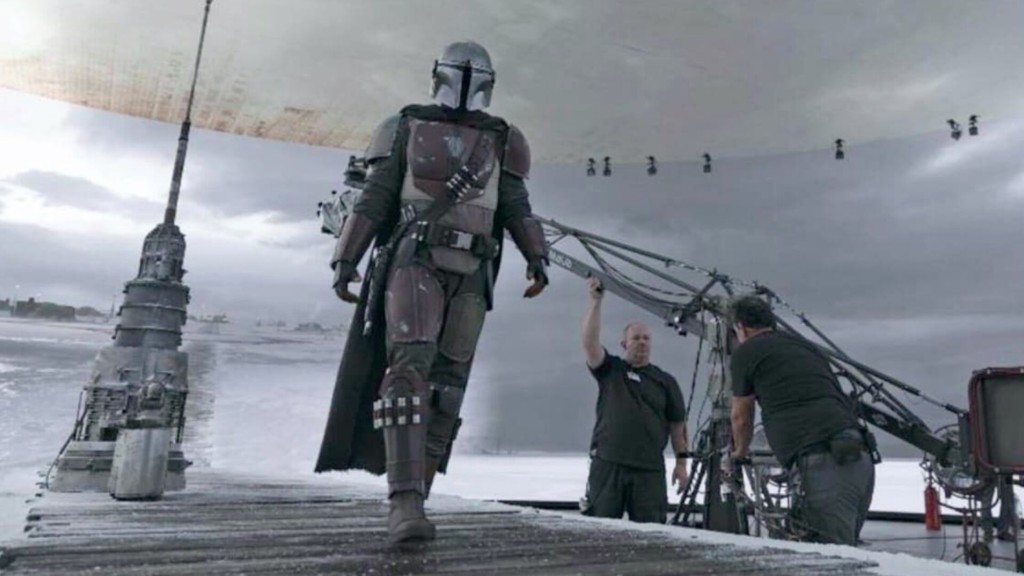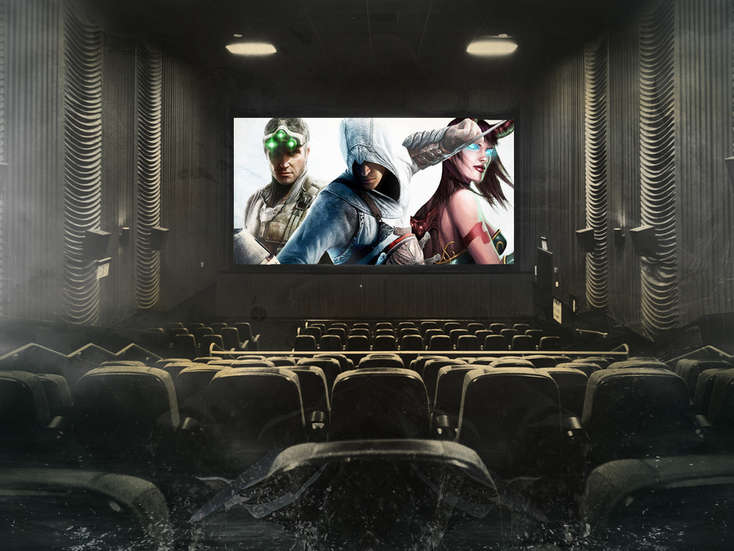Game Development Meets Filmmaking: Cinematography in Video Games
Cinematography isn’t just for movies and TV shows anymore. Here’s a closer look at the use of cinematography in games and gaming technology in films and shows.
Over the years, video game development has included the use of cinematography techniques to create film-like qualities. The line between video games and filmmaking has also become blurred as some movies and shows have started using video game technology.
Cinematography in Video Games
Cinematography is a crucial part of the filmmaking process. When you see this term, it refers to the use of different camera techniques to make films look as realistic as possible. Although video games aren’t technically filmed, some game developers still use cinematography techniques and principles to make them look more realistic in order to improve the gameplay experience.
A few of the principles and techniques that video games have used include lens curvature, chromatic aberration, and bokeh. Lens curvature is an important part of ensuring that images don’t look too distorted, while chromatic aberration helps ensure that colors blend smoothly. Bokeh refers to having a clear object in view with a blurry background for a more cinematic effect.

Cutscenes
Cutscenes appear in some video games between levels or at certain points if they’re triggered during gameplay. These scenes have taken on more film-like qualities in recent years thanks to the use of cinematography techniques.
Cutscenes can be useful in helping keep players immersed in the game world by allowing them to follow a clear narrative. They learn more about characters and help the plot of the game along. To a certain degree, these cut scenes provide direction and motivation for why the game characters have to carry out the tasks that are required of them.
In short, it helps make the gameplay make more sense. With improved graphics, these scenes can give players more of a cinematic experience.
Fun Fact: The first video game considered to have a cutscene is the original Pacman. The 1980s release featured short stories in between game levels. However, it wasn’t until Maniac Mansion in 1987 that in-game cinematics was officially recognized with the term ‘cutscenes.’
Final Fantasy VII’s opening cutscene—and the actual game itself—remain to be considered to be one of the best of all time.
Narrative Storytelling
Narrative storytelling has become more and more common in video games. Since games that use this type of gameplay need to catch and maintain players’ full attention, it’s important for them to have high-quality graphics and animation. This helps make the story, setting, and characters more engaging overall. Using cinematic techniques and principles has helped game developers enhance gameplay experience for these kinds of games.
Video Game Trailers
Video game trailers have taken on a whole new look in recent years with the use of cinematography techniques. In fact, with some trailers, it’s hard to tell at first if it’s for a movie or video game. Game manufacturers have even had trailers for their games played before feature films in cinemas. These higher quality trailers can make a strong impression on viewers and generate a lot of interest in games.
Fun Fact: IGN ranks Metal Gear Solid 2’s Reveal Trailer at E3 2000 as the best of all time. Sometimes, actual filmmakers get involved in the creation of trailer for video games. George A. Romero, known famously for his zombie films, such as Night of the Living Dead, directed the trailer for Resident Evil 2. Meanwhile, Transformers director Michael Bay lent his services to the Need for Speed franchise, also with a game trailer.
Video Game Technology in Movies and TV Shows
As video games make use of cinematography techniques, movies and TV shows have started using video game technology. This overlap has been beneficial for these different types of media. When video game technology is used in movies and TV shows, it’s often done in order to improve visual effects and animation.
For example, James Cameron’s Avatar set records and broke ground in the use of CGI to create vivid backgrounds, characters, and creatures. The Life of Pi is another example of how advanced CGI technology sometimes used in games can lead to stunning visuals in movies. In fact, The Life of Pi won the Oscar for Cinematography in 2012.
More recently, Star Wars TV series The Mandalorian used innovative technology during the filmmaking process. The series used Epic Games’ Unreal Engine 4 (UE4), which is known for being used in Fortnite, to create CG mockups of scenes for the show. UE4 was also used to create more realistic backgrounds for the actors on set instead of having them deal with greenscreens. For the show, UE4 was used to make CG environments and project them on nearby LED walls. Many of the shots in the series were done by pointing cameras at a UE4 display.

ILM refers to this newer filmmaking production solution as StageCraft technology, and it’s paving the way for filmmakers to streamline the entire process. This type of technology includes a combination of traditional filmmaking and cutting-edge technological techniques and tools. It’s not just live action films and TV shows that are using it. Animated films can also use StageCraft technology for designing, scouting, previsualizing, performing, and shooting.
If you’re exploring career options in game development or design, contact an Academy of Art University admissions representative to get more information on our new media or game and animation degree programs. We offer a number of courses to help you develop the right skills for this industry, such as GAM 601 Elements of Video Games.
Apply now if you’re ready to get started on your journey in the field of game development, animation, or new media.
Hero image from GameNewsOfficial’s screenshot of Final Fantasy XV – Omen Cinematic Trailer








